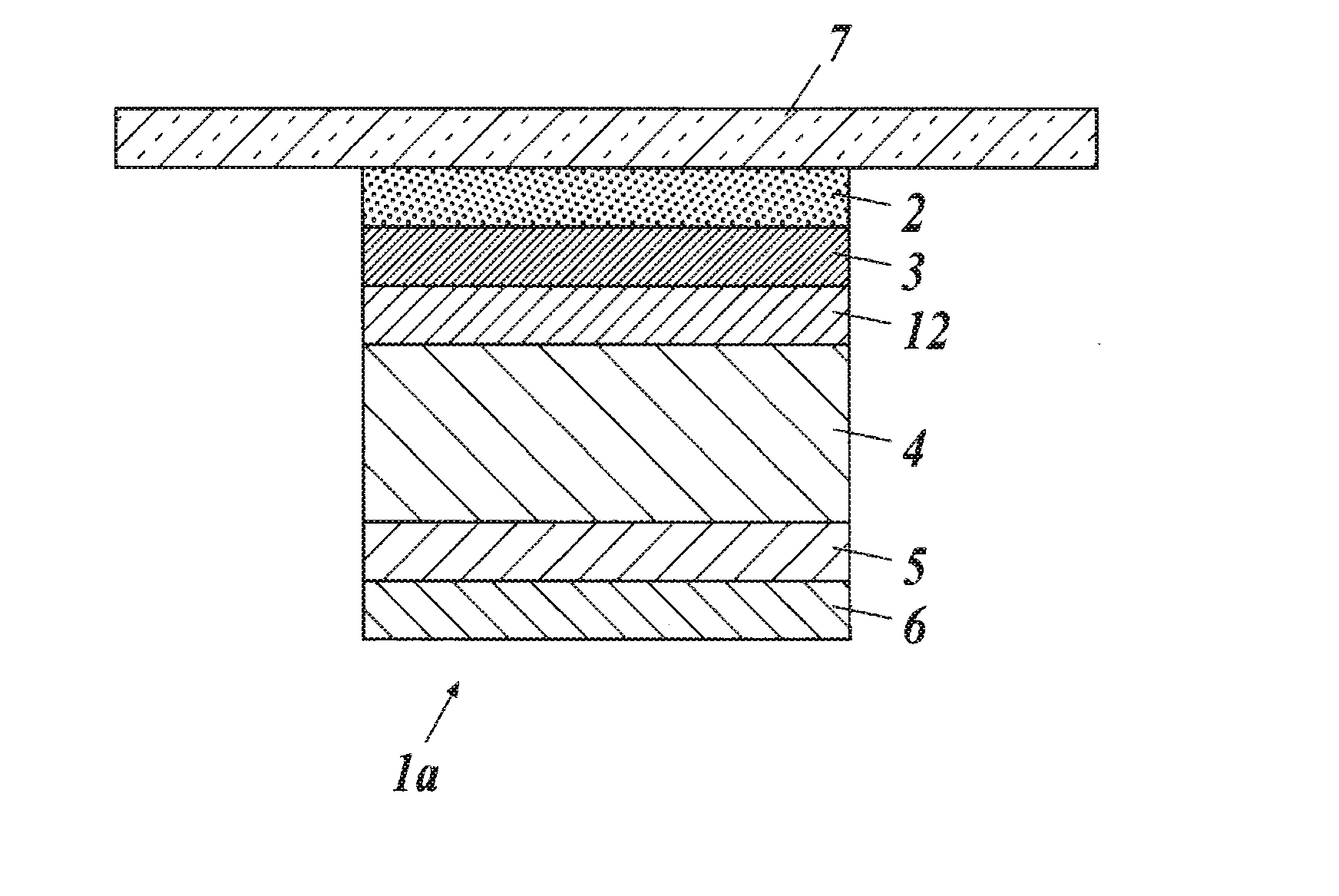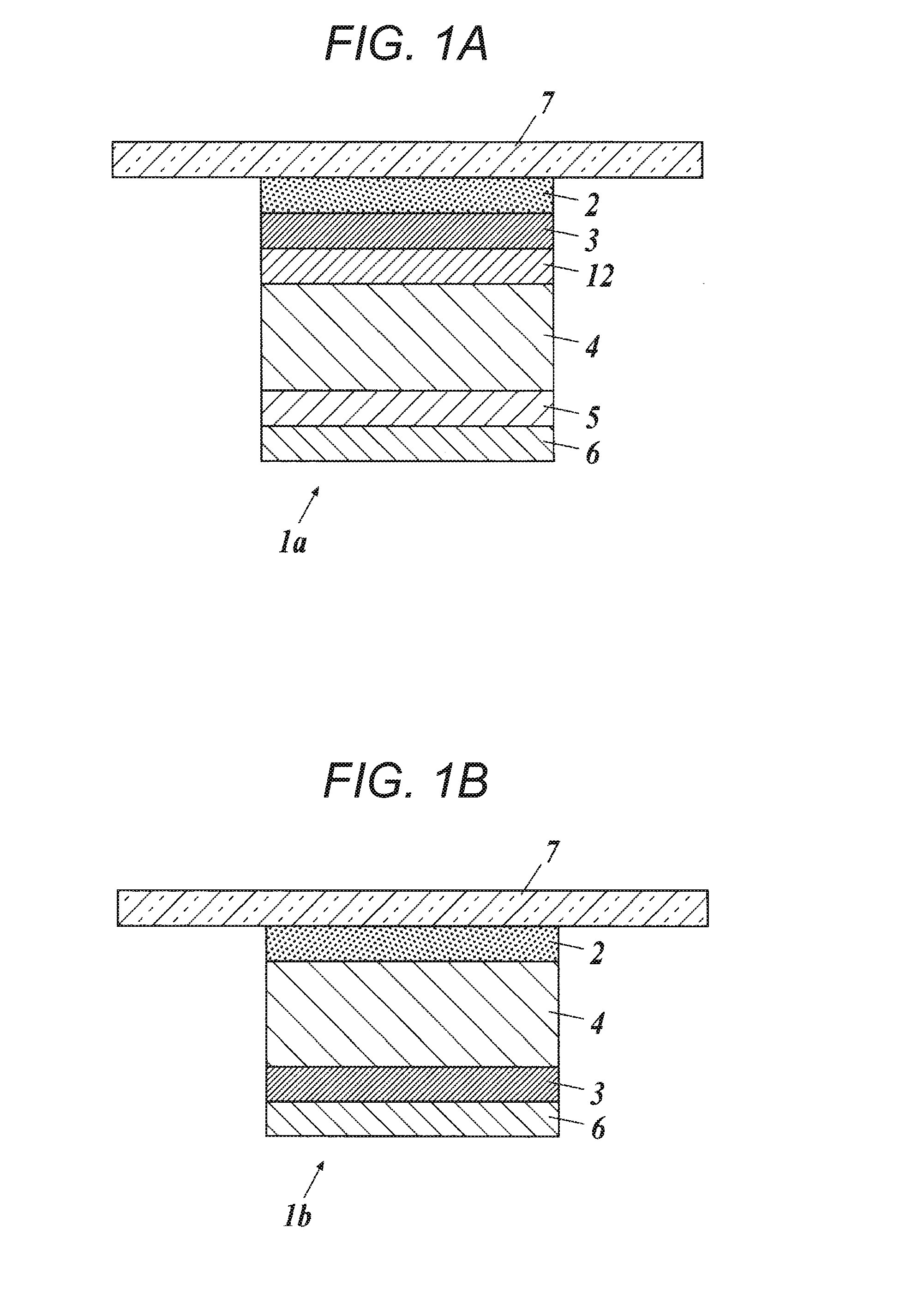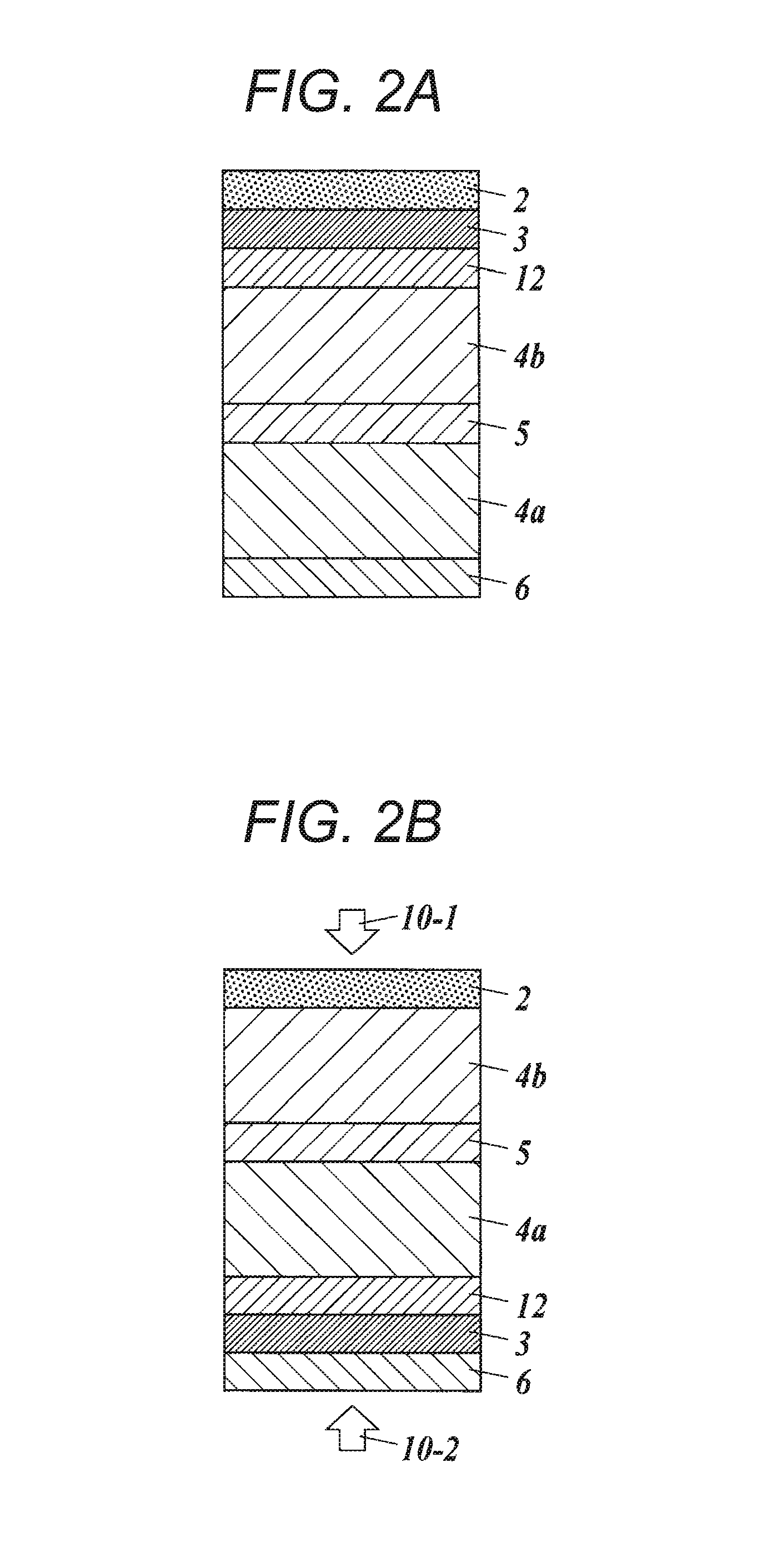Optical reflection film
a reflection film and optical technology, applied in the field of optical reflection films, can solve the problems of uneven thickness of film (layer thickness) of respective layers of reflection units, iridescent light interference, irregular iridescence, etc., and achieve excellent optical reflection performance and light transmittance, suppress iridescent irregularities, and reduce the effect of iridescen
- Summary
- Abstract
- Description
- Claims
- Application Information
AI Technical Summary
Benefits of technology
Problems solved by technology
Method used
Image
Examples
example 1-1
[0159]The layer configuration of an optical reflection film in the Example 1-1 was illustrated in FIG. 2A.
[0160]Simultaneous multilayer coating of 22 layers in total was carried out using a slide hopper coating apparatus such that while the coating liquid for a low-refractive-index layer and the coating liquid for a high-refractive-index layer obtained above were kept warm at 45° C., low-refractive-index layers and high-refractive-index layers were formed on the base material 5 of a polyethylene terephthalate film (A4300 manufactured by TOYOBO CO., LTD.: double-sided easy adhesive layer, 200 m in length×210 mm in width) having a thickness of 50 μm and heated to 45° C. with both outermost layers being low-refractive-index layers, while other layers being alternately laminated, and the film thickness upon drying was 150 nm for each of the low-refractive-index layers and 130 nm for each of the high-refractive-index layers. Incidentally, regarding the confirmation of a mixed region betw...
example 1-2
[0166]An optical reflection film a-2 was produced in the same conditions as in Example 1-1, except that the birefringence layer was changed to a PET film B.
example 1-3
[0167]An optical reflection film a-3 was produced in the same conditions as in Example 1-1, except that the birefringence layer was changed to a PET film C.
PUM
 Login to View More
Login to View More Abstract
Description
Claims
Application Information
 Login to View More
Login to View More - R&D
- Intellectual Property
- Life Sciences
- Materials
- Tech Scout
- Unparalleled Data Quality
- Higher Quality Content
- 60% Fewer Hallucinations
Browse by: Latest US Patents, China's latest patents, Technical Efficacy Thesaurus, Application Domain, Technology Topic, Popular Technical Reports.
© 2025 PatSnap. All rights reserved.Legal|Privacy policy|Modern Slavery Act Transparency Statement|Sitemap|About US| Contact US: help@patsnap.com



